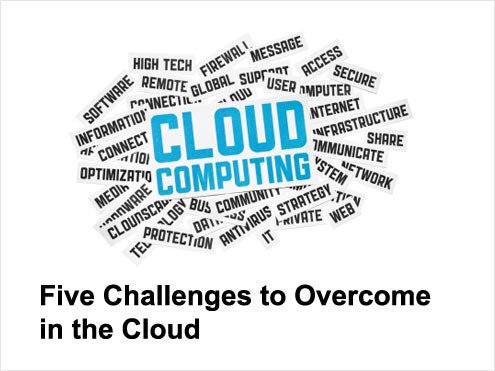
There are, of course, a plethora of technical issues that need to be resolved. But Derick Townsend, senior director of marketing for ServiceMesh, a provider of cloud computing services, says that when organizations really think about making the move to cloud computing they will find that internal political issues will rise to the top of the list of barriers to adoption.
For example, a lot of application owners will resist giving up control of their applications and the dedicated servers due to not only concerns about application performance, but also the ability to deploy and control updates to those applications.
Other critical issues include paralysis of analysis, which generally results from fears of the unknown, and the presence of IT fiefdoms that, when coupled with legacy approaches to IT process management, basically doom any cloud computing project before it even gets started.
Townsend says that ServiceMesh recommends that companies first organize a “Tiger Team” of senior managers to first address the business issues associated with cloud computing, which should be created alongside an “IT Swat Team” that would be committed to accelerating the actual deployment of a cloud. That approach, he says, will eventually serve as a model for reorganizing how IT is managed across the company. But in the short term the critical requirement should be to gain some hands-on experience with cloud computing with an eye towards automating as many IT functions as possible.
If the IT management processes don’t change, however, it’s more than likely that the IT organization is simply going to wind up with just another stack of severs to manage alongside any number of legacy systems, which at the end of the day is just counterproductive.
While there’s no doubt that the underlying technology that enables cloud computing is going to be a challenge to manage, it’s really nothing compared to managing all the internal politics that need to be overcome in order to make it really happen.
Click through for five challenges to overcome in the cloud, as identified by ServiceMesh.
Embracing cloud computing means restructuring job functions and roles across the IT organization, something that is always easier said than done.
Too many IT organization spend more time studying the cloud than actually gaining hands-on experience.
Integration in the cloud is a requirement, but not all vendors are as open as they might say when it comes to APIs.
A lot of application owners don’t want to give up dedicated servers for fear of loss of control and lower performance.
Many IT organizations rely on manual processes that they are reluctant to automate largely because of inertia.








